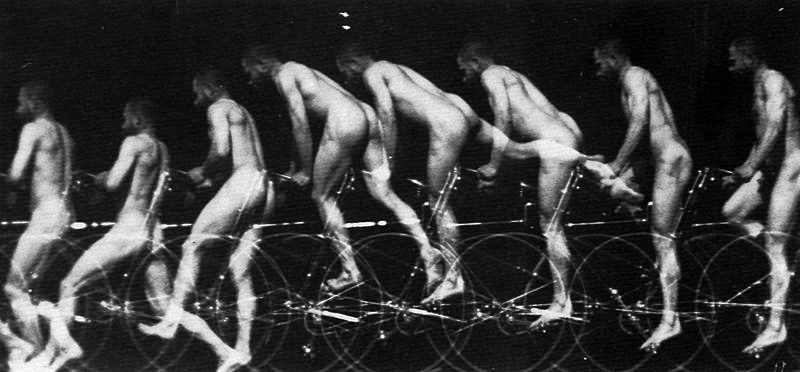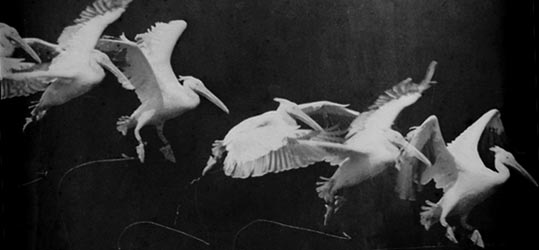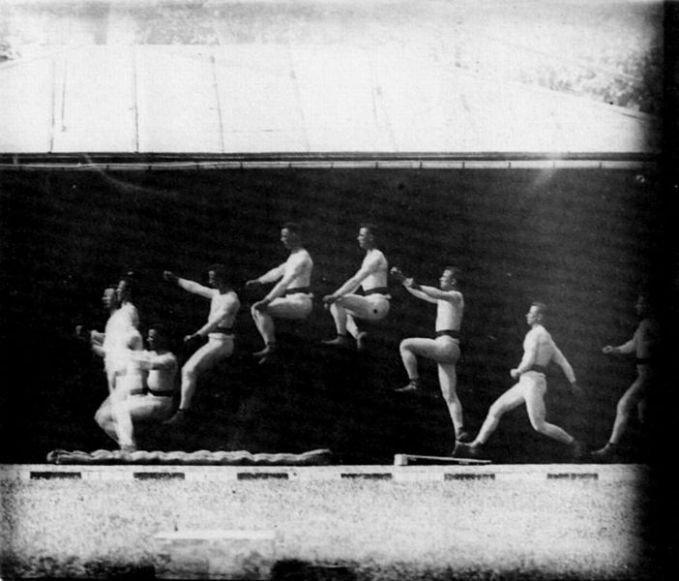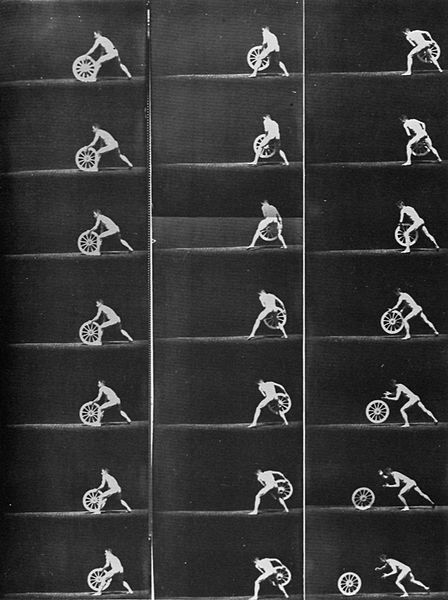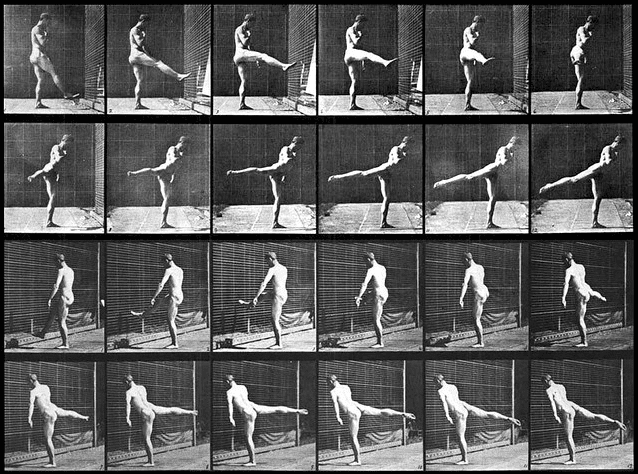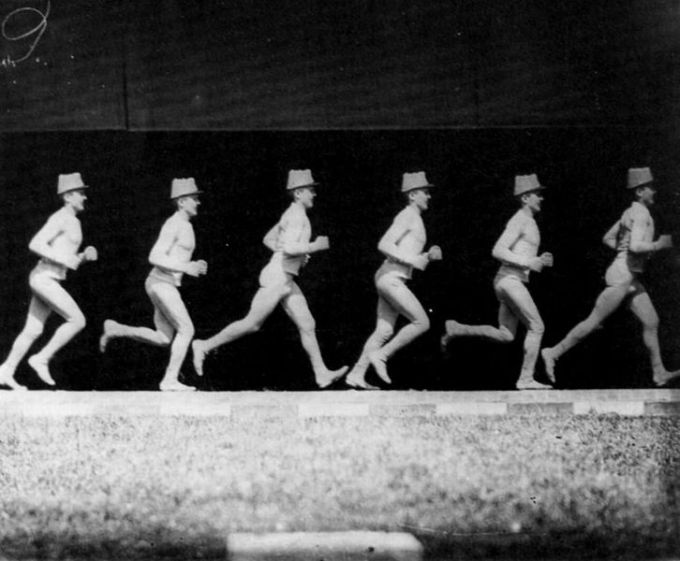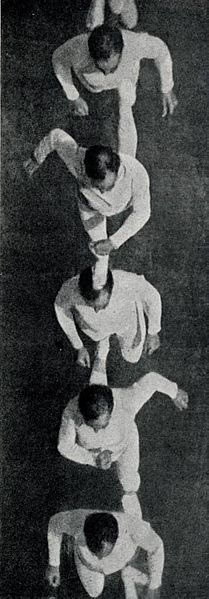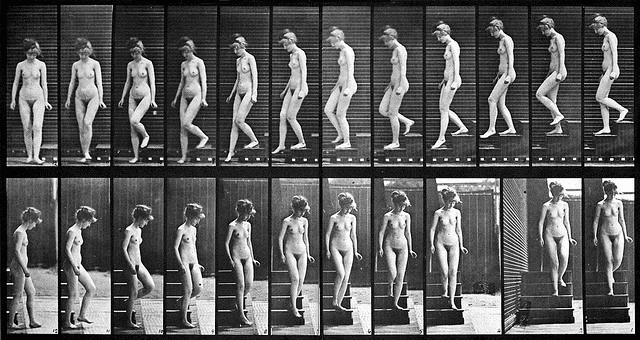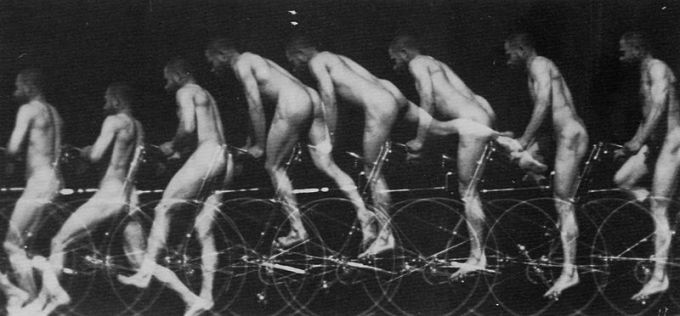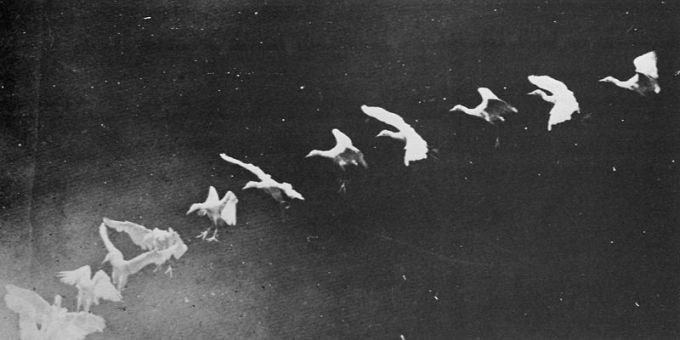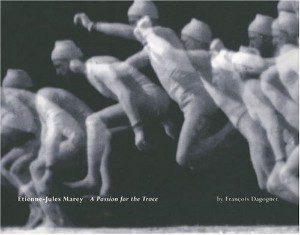 French scientist Étienne-Jules Marey (March 5, 1830–May 21, 1904) made significant contributions to the development of cardiology and physical instrumentation in medicine, but he is best-known as a pioneer of chronophotography — an antique Victorian-era photographic technique that captures several sequential frames of movement, which can then be combined into a single image. In 1882, Marey invented a chronophotographic gun that was capable of taking 12 consecutive frames per second, recorded on the same picture. He used these pictures to study the gallop of horses, the flight of birds, the gait of elephants, the swim of fish, and the organic motion of many more creatures, and his work served as the foundation for Eadweard Muybridge‘s iconic animal locomotion studies and directly influenced the development of early cinema. Yet the background of his landmark images remains obscure.
French scientist Étienne-Jules Marey (March 5, 1830–May 21, 1904) made significant contributions to the development of cardiology and physical instrumentation in medicine, but he is best-known as a pioneer of chronophotography — an antique Victorian-era photographic technique that captures several sequential frames of movement, which can then be combined into a single image. In 1882, Marey invented a chronophotographic gun that was capable of taking 12 consecutive frames per second, recorded on the same picture. He used these pictures to study the gallop of horses, the flight of birds, the gait of elephants, the swim of fish, and the organic motion of many more creatures, and his work served as the foundation for Eadweard Muybridge‘s iconic animal locomotion studies and directly influenced the development of early cinema. Yet the background of his landmark images remains obscure.
Etienne-Jules Marey: A Passion for the Trace (public library) tells the extraordinary story of a man whose many interests and talents — scientist, physician, aviation researcher, motion studies pioneer and prolific inventor — are a living testament to our founding philosophy of cross-disciplinary curiosity as the root of creativity. This English translation by Robert Galeta is based on the writing of French philosopher of science Francois Dagognet, originally published in 1992.
Dagognet locates Marey at a crucial intersection of cultural, scientific, philosophical and technological modernity.” ~ Robert Galeta
Sample chronophotography, Marey’s and that of others he inspired, with this selection of images culled from various public domain archives.
Etienne-Jules Marey: A Passion for the Trace is part fascinating biography of a rare visionary, part cultural time-capsule of a landmark moment in history that shaped much of our modern visual literacy.


